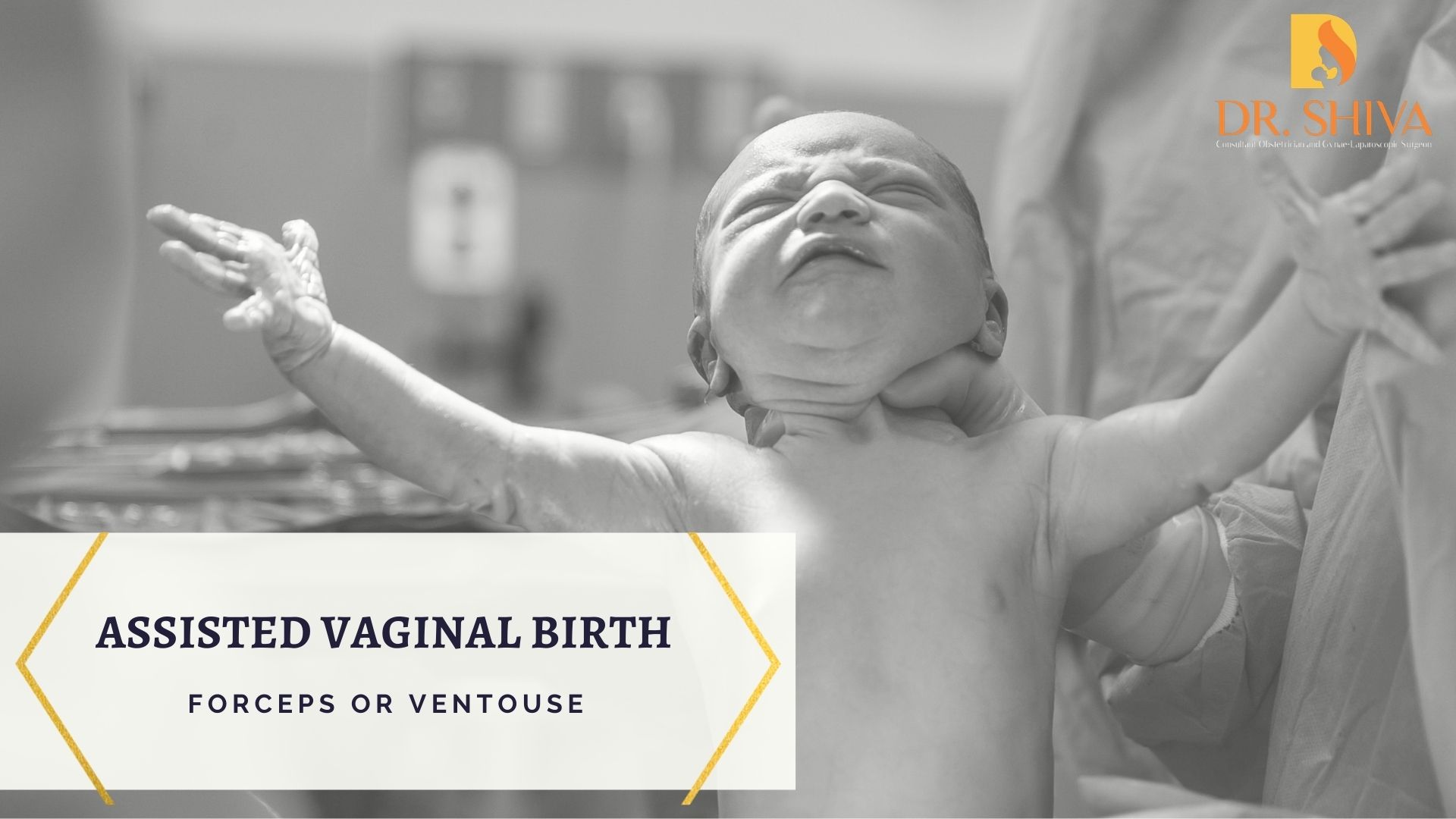
Vaginal delivery performed with the help of (specially designed instruments) forceps or vacuum is known as an assisted vaginal birth. If it is necessary for the baby’s delivery, the doctor will discuss it with you. Babies born using this method do not have any long term side effects. Local anesthesia may be provided if you have not taken an epidural. A cut( episiotomy ) may also be required.
Forceps assisted vaginal birth
The forceps are curved smooth instruments that are inserted via the vagina and placed around the baby’s head. The doctor uses it to deliver the baby’s head through the vagina when you will be pushing during contraction. This may be performed over several contractions.
Vacuum-assisted delivery
Ventouse is a device that has a suction pump along with a handle. The suction pump will be placed firmly on the top of the baby’s head via the vagina. The doctor or health care professional will wait for the next contraction and when the mother starts to push during contraction the doctor will help by pulling the baby gently down the birth canal. This procedure may cause a bruise on the baby’s head but it will be back to normal soon.
When is vaginal assisted delivery performed?
- you are tired after a long labor.
- there is a change in the baby’s heartbeat or if the baby is in distress.
- you are not supposed to push due to some health conditions like blood pressure.
Forceps or Vacuum Cup
The procedure is opted based on the baby’s position, week of delivery or if you have taken an epidural. If the delivery is taking place at less than 36 weeks, then forceps will be preferred as the baby’s head is softer at this stage. In the end, the options may vary based on the mother and baby’s health and the circumstance.
What are the factors considered before finalizing the procedure?
- The cervix has to be fully dilated.
- Has the baby reached the birth canal?
- Based on the baby’s weight and if the size of your pelvis size is adequate.
How does the procedure take place?
You will be asked to sit with your legs supported. A local anesthesia or epidural may be provided. Episiotomy (a cut) may be required to enlarge the vaginal opening followed by which the instrument being used for delivery will be fixed on the baby’s head. During the next contraction as the mother tries to push the baby will be gently pulled down the birth canal. This may be repeated till the baby is successfully delivered. After the delivery, the vaginal tear will be stitched using dissolvable stitches. Antibiotics may be provided to the mother to prevent any chances of infection. You may expect bleeding for a few days but this is common for all deliveries.
For the baby, there may be small marks on the head due to the usage of forceps or ventouse but this will completely clear within 24 to 48 hrs.
For more details, kindly contact us.

